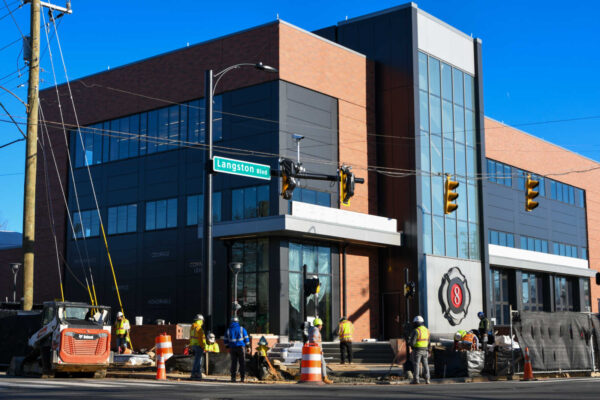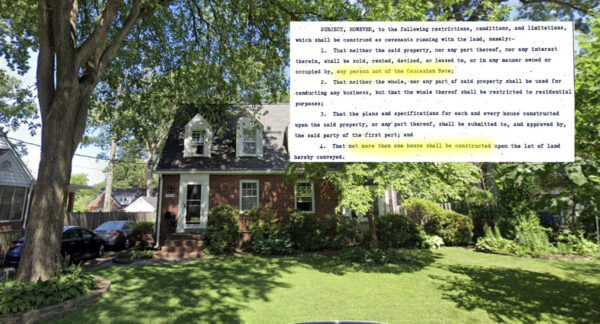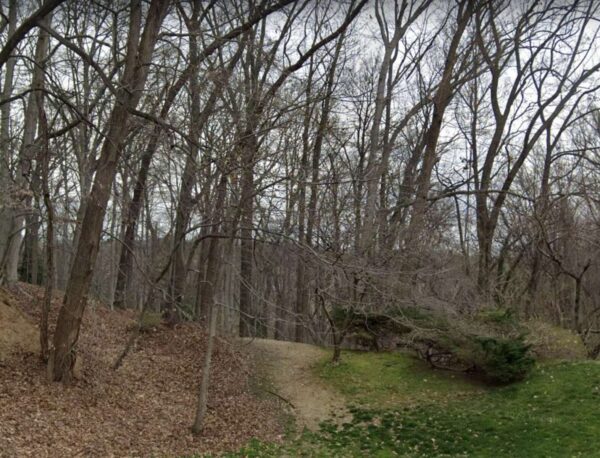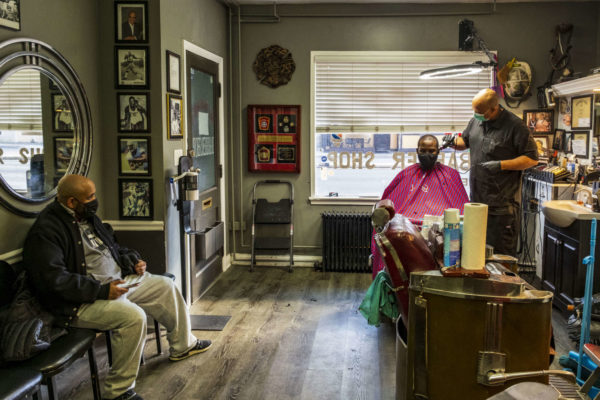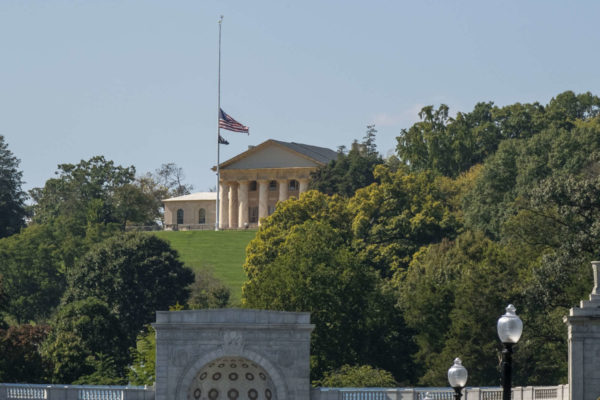Several projects approved in Arlington’s inaugural round of historic preservation grants may need some more time to wrap up.
The Arlington County Board on Saturday will consider extending agreements with five projects that were among the first to receive county dollars last year from the Historic Preservation Fund. The grant recipients originally agreed to finish by June 30, but due to “unpredictable delays,” a county report recommends pushing back the deadline to Dec. 31.





